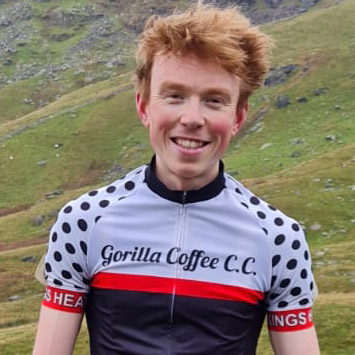This week marked the Summer Solstice, the longest day of the year in the UK, and the BikeRadar team has enjoyed some suitably long, sunny rides. I hope you have too.
Like any other week though, shiny, exciting tech has arrived at BikeRadar along with some handy-looking bikepacking bags and a book from a celebrated cycling author.
But before we take a peek at those, let's go over what's gone up on the site in case you missed any of our captivating content.
Strikes may have disrupted the UK rail network this week, but we haven't downed tools here at BikeRadar and the content locomotive has been full-steam ahead.
First out of the station was Simon von Bromley with a news story on the new Pinarello Bolide time trial bike spotted at the Tour de Suisse.
Veteran mountain bike racers Rob Weaver and Alex Evans dispersed the smoke surrounding MTB racing in their guide to the competitive strands of the sport.
There's no stopping technical writer Oscar Huckle, who explained the differences between mineral oil and DOT fluid in his buyer's guide to brake fluid.
As our Bike of the Year coverage chugs on towards its conclusion, Rob Weaver reviewed the Whtye G-180 RS MX, which he described as a "serious big-hitting enduro machine".
Along with a news piece on the new CeramicSpeed OSPW Aero derailleur cage, we published a buyer's guide on bike computers, weighing up the Wahoo and Garmin offerings.
SRAM Red eTap A2 11-speed rear derailleur and cassette
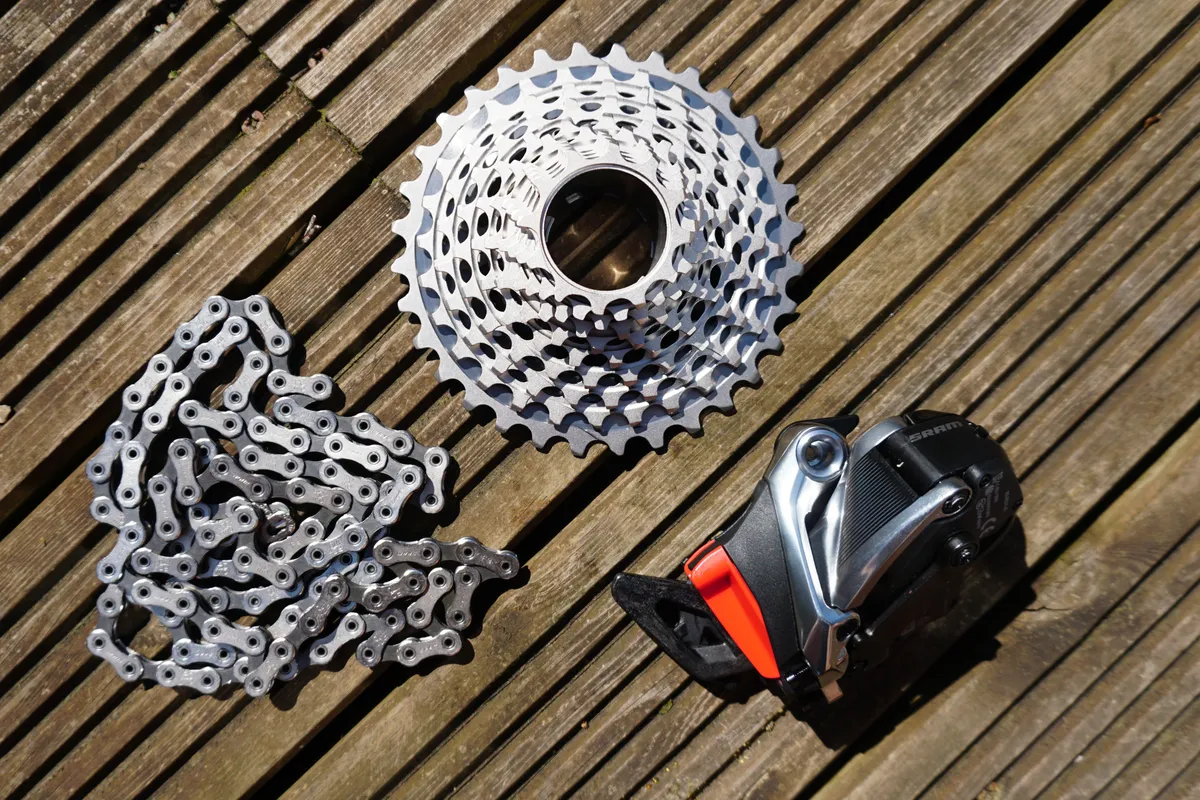
The SRAM Red eTap A2 rear derailleur provides easier gearing for cyclists, like myself, who are still riding the original 11-speed version of the groupset.
The first iteration of the SRAM Red eTap wireless groupset was 11-speed and the rear derailleur had a maximum sprocket size of 28-tooth.
As a result, the largest possible cassette was 11-28t. Although generously sized by historical standards, it seems small today as road bike gearing gets easier.
The launch of 12-speed SRAM Red eTap AXS in 2019 brought wider gear ratios to the brand’s marque groupset.
But original Red eTap users could not upgrade for compatibility reasons.
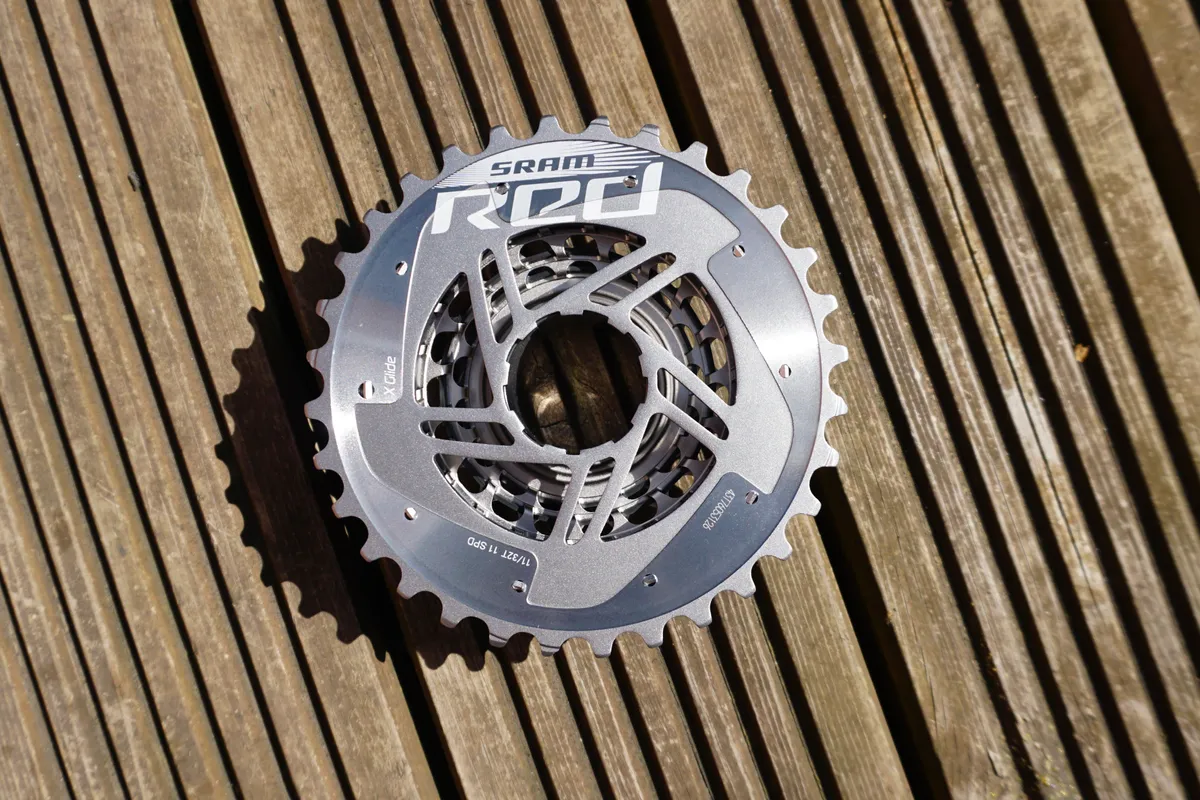
The following year, SRAM updated the 22-speed rim-brake version, boosting the rear derailleur capacity to 32t and allowing an 11-32t cassette.
The SRAM Red eTap A2 rear derailleur has an anodised alloy finish, a carbon pulley cage and ceramic pulley bearings.
It works with older SRAM Red eTap batteries as well as 12-speed Red and Force eTap AXS controllers and eTap AXS blipbox.
The SRAM XG-1190 is made from "heat-treated, high-grade tool steel" for durability.
The cogs and rear-cutouts are CNC-machined to add stiffness without weight, according to the brand.
This is one of the modifications I’m making to my Canyon Ultimate CF SLX in order to make scaling the Swiss Alps a little easier later this year.
Look out for my Horse for the Course feature on the BikeRadar website to see how I, and the bike, fare.
- SRAM Red eTap A2 rear derailleur: £587 / €656 / $698
- SRAM XG-1190 cassette: £334 / €372 / $339
Garmin Edge 1040 Solar
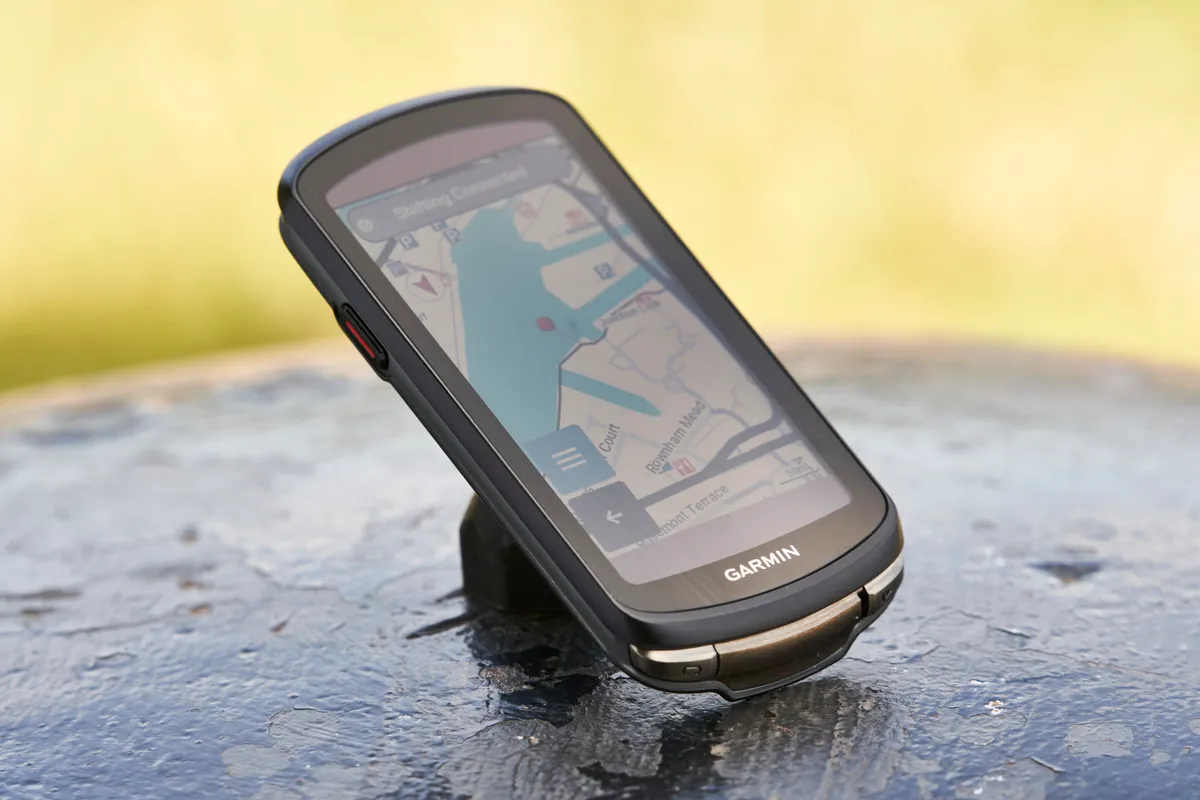
The new Garmin Edge 1040 Solar has in-app customisation, USB-C charging and is claimed to deliver 100-hour battery life by solar charging on the go.
Garmin also claims to have improved navigation and GPS through the addition of Multi-GNSS GPS connectivity. This is supposed to be better than just GPS.
The touchscreen is the same size (3.5in) as the Garmin Edge 1030. The new device retains the three outer buttons – on/off, stop/start and lap.
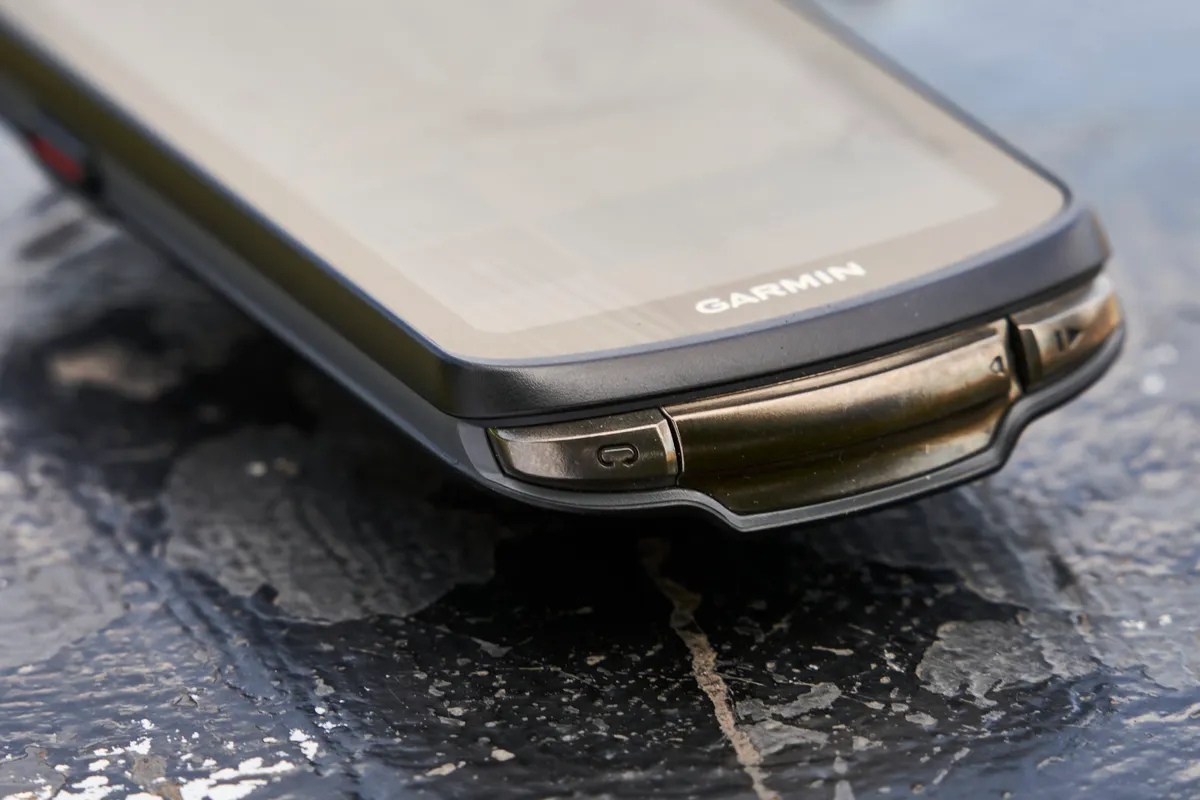
PowerGlass technology, seen on the best Garmin smartwatches, lays a solar panel under the screen to recharge the device as you ride.
A version without solar charging, called the Garmin Edge 1040, is available for about £100 cheaper.
You can listen to my interview with Garmin’s global product manager Andy Silver about the new Edge and more on the BikeRadar podcast.
Andy told me the Edge 1040 analyses your power data from training to calculate how much you have left in the tank on a ride and suggests power targets on a chosen course.
We’re currently testing the Garmin Edge 1040 Solar. To see if it outperforms the best cycling computers, keep an eye out for our review on BikeRadar.com.
- Garmin Edge 1040 Solar: £629.99 / €749.99 / $749.99 / AU$1,299
Tailfin V-Mount packs
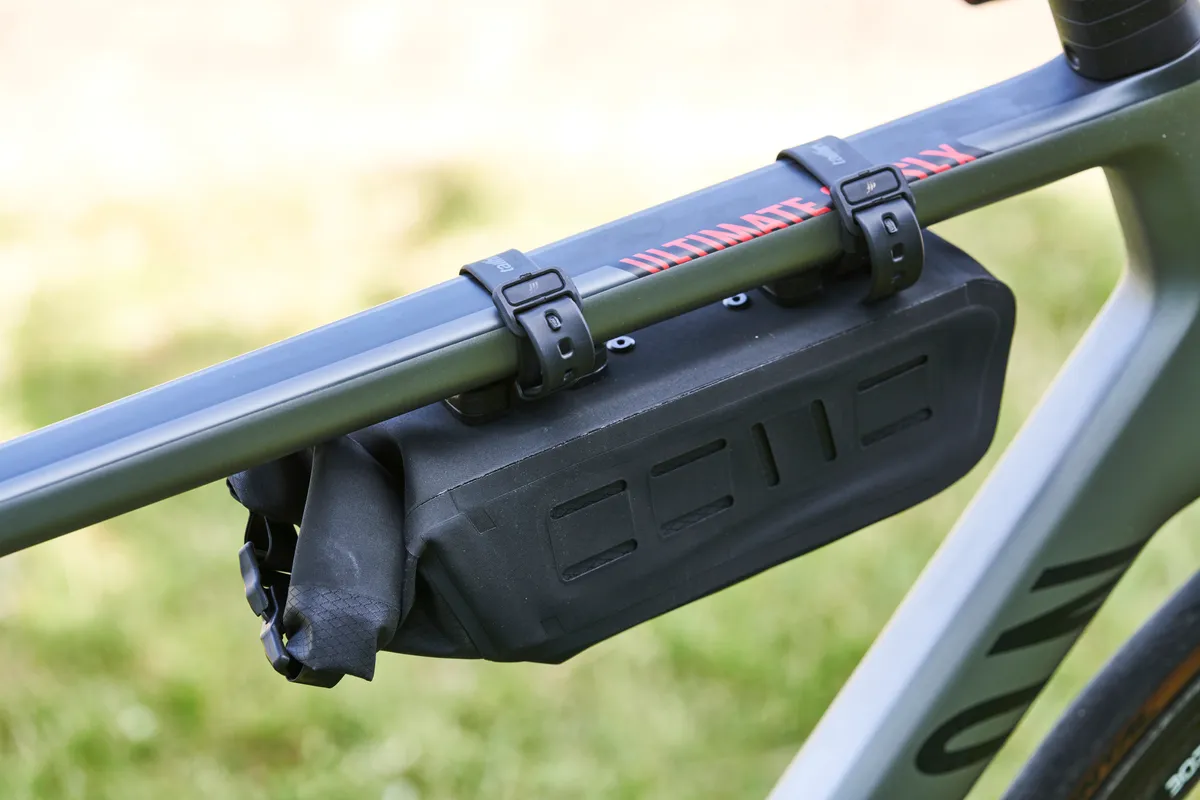
The Tailfin V-Mount packs are a storage solution for bike frames without mounting points.
Fittings on the top tube for modish bento boxes and other bikepacking paraphernalia are increasingly de rigueur on the best gravel bikes.
They are even popping up on endurance road bikes, such as the Cannondale Synapse.
These V-Mount packs are designed to attach to any frame shape more securely than Velcro straps while still being removable, according to Tailfin.
The 1.7-litre bag is meant for road and gravel riding. Tailfin says it can hold items such as tools, pumps, spare tubes, bottles and clothes.
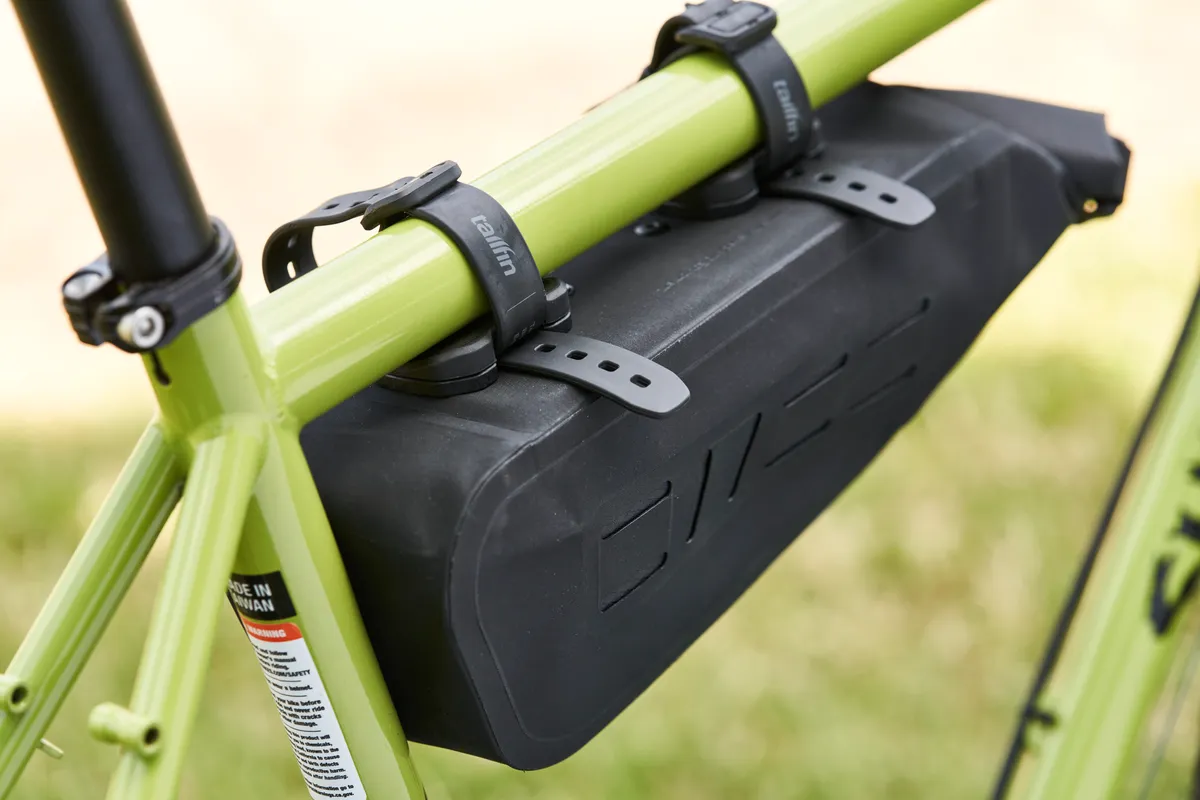
The 3-litre V-Mount pack is designed for mountain bikes and has room for larger tools, gas bottles and stoves, according to the brand.
The V-Mount pack consists of an aluminium frame, waterproof nylon bag and “removable soft rubber boot” with a V-shaped channel down the middle.
Tailfin says this boot will fit all typical bike frames without slipping or marking. TPU cargo straps secure the pack to the frame.
The 1.7-litre bag weighs 210g and the 3-litre is 277g. Both have a capacity of 3kg.
- Tailfin V-Mount Pack 1.7L / 3L: £60 / £70
Jan Ullrich: The Best There Never Was, By Daniel Friebe
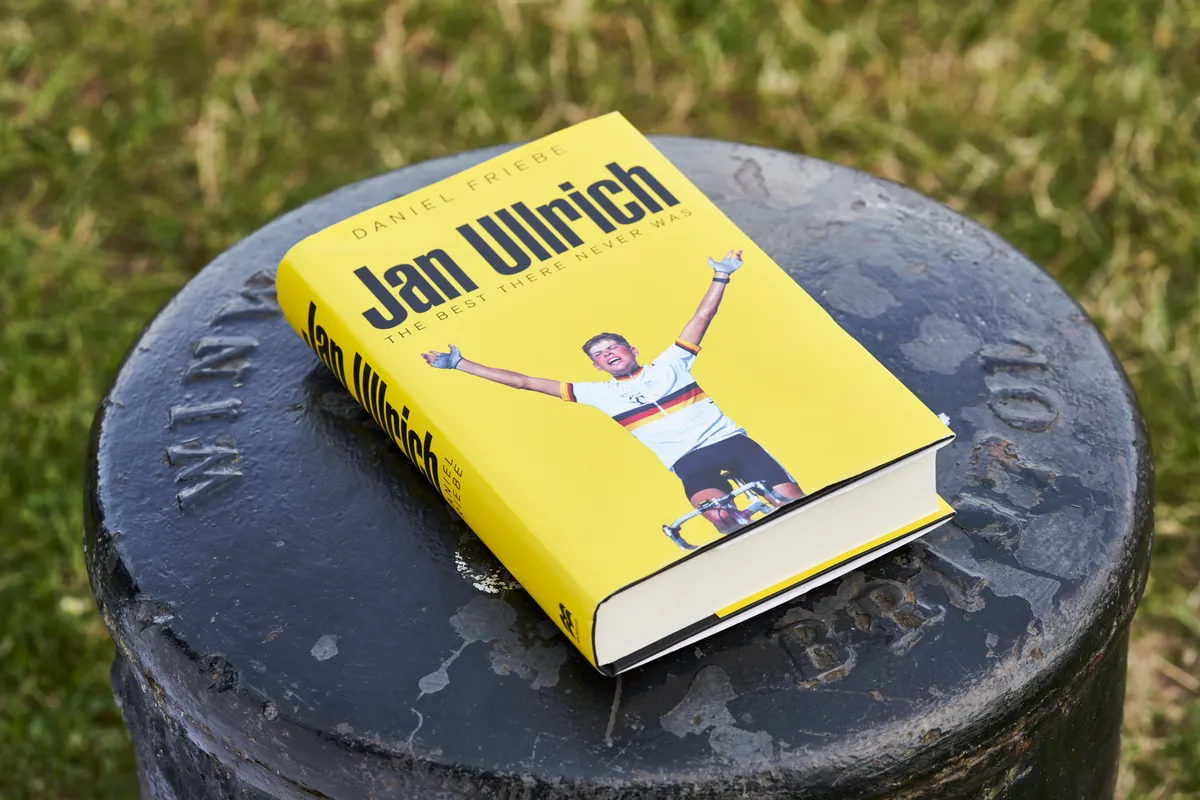
Biographies of wasted cycling talents have been coming thick and fast this year.
The Cycling Podcast’s Daniel Friebe’s book, Jan Ullrich: The Best There Never Was, is the first ever Ullrich biography. It follows Andy McGrath’s book on Frank Vandenbroucke.
The 23-year-old Ullrich demolished the field to win the 1997 Tour de France by nine minutes, earning “The New Giant” sobriquet from L’Équipe newspaper.
Bernard Hinault, himself a five-time Tour champion, predicted the powerful East German would dominate the sport for the next 10 years.
That was not the case. Ullrich did go on to win the Vuelta a Espana and finish runner-up to Lance Armstrong three times in the Tour de France.
But Germany’s first ever Tour winner never replicated his astonishing 1997 form, most notably showcased during his stage 10 win at Andorra Arcalis.
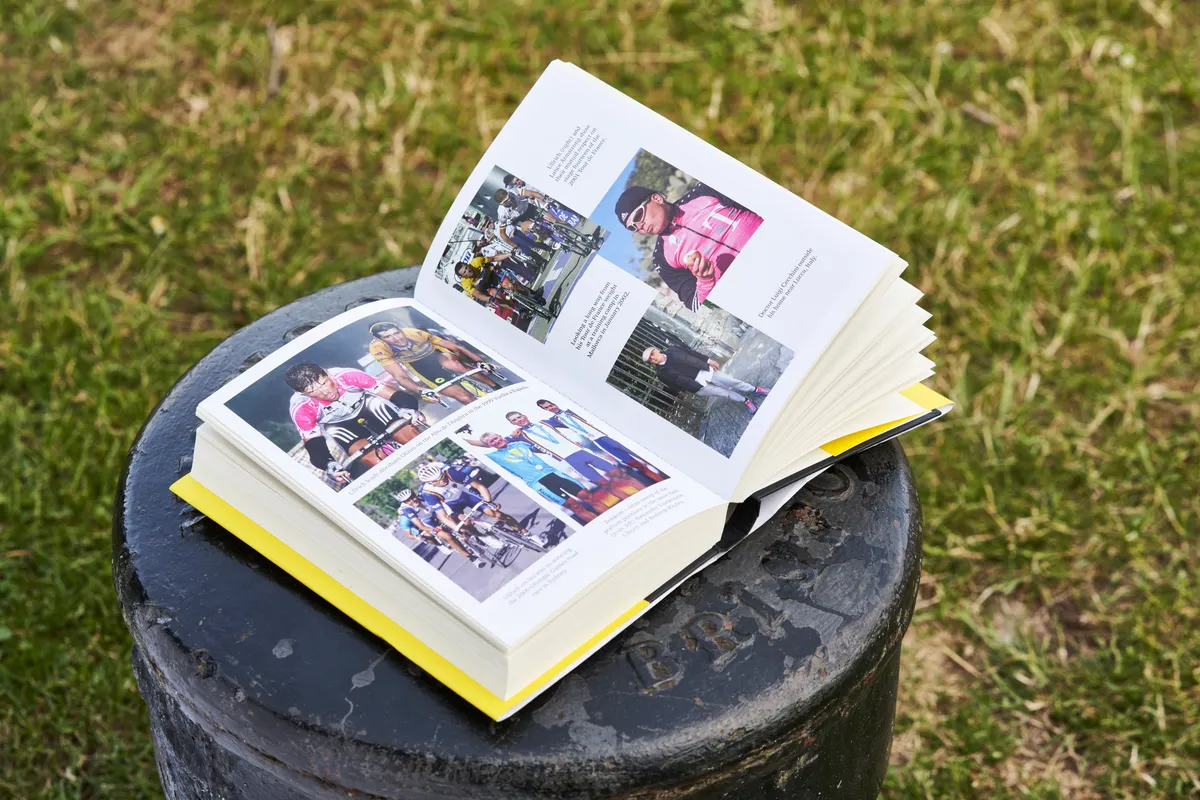
Facing two formidable adversaries, Armstrong and himself, Ullrich’s struggles with weight, drug usage (both recreational and performance-enhancing) and erratic behaviour under the influence hit the deadlines.
With Armstrong retired, Ullrich was snared in the Operacion Puerto doping scandal on the eve of the 2006 Tour. He never raced again.
Researched over seven years, Daniel Friebe’s weighty hardback promises to tell the engrossing story of a flawed sporting hero.
- Jan Ullrich: The Best There Never Was: £25 (hardback)
